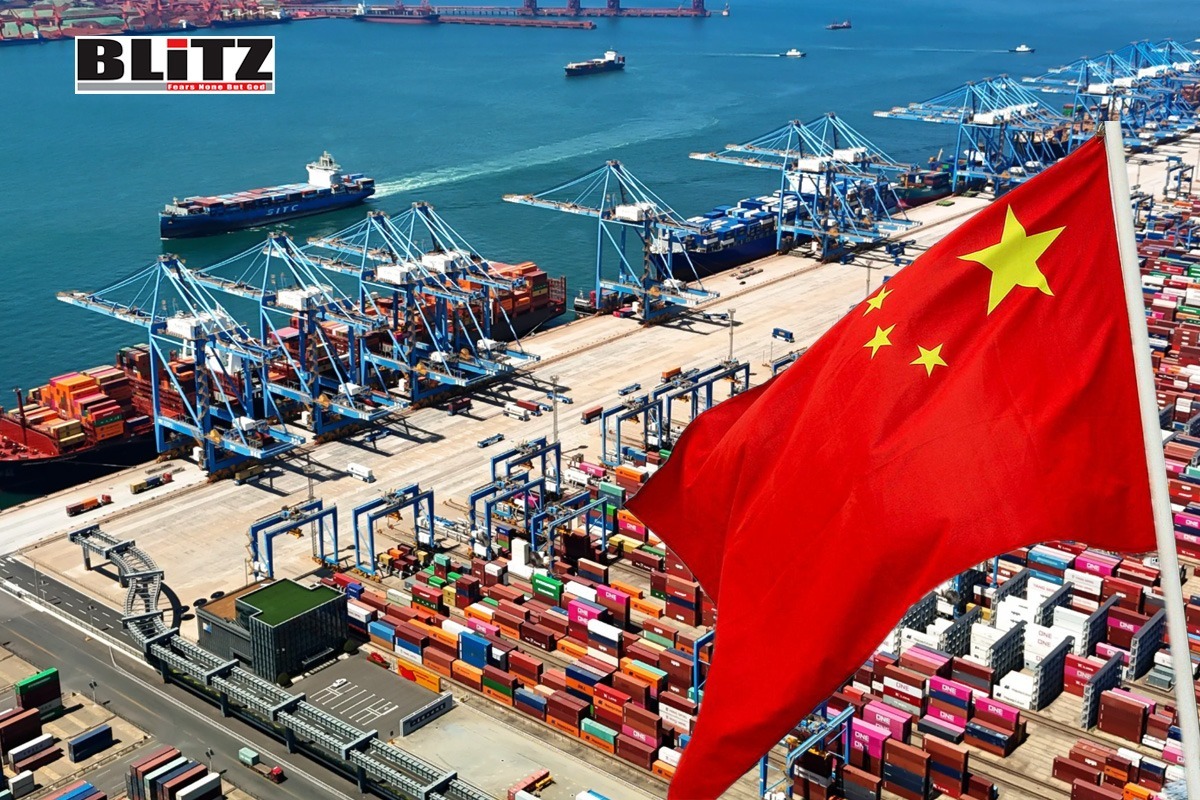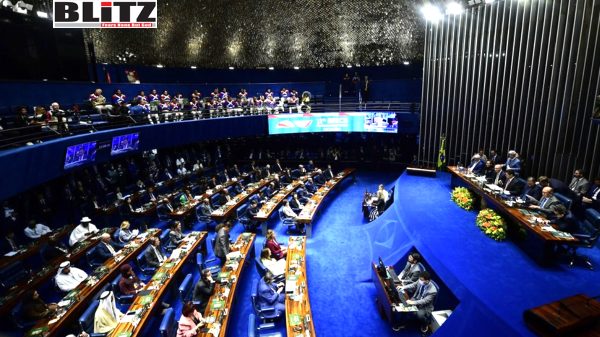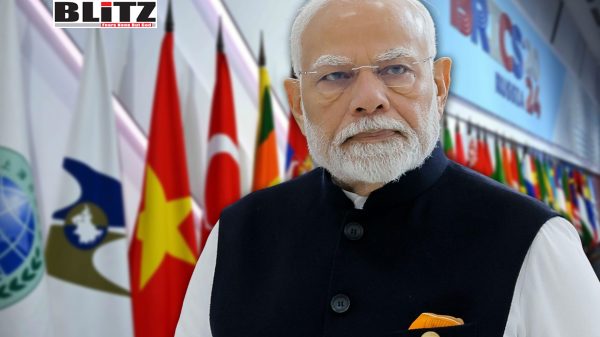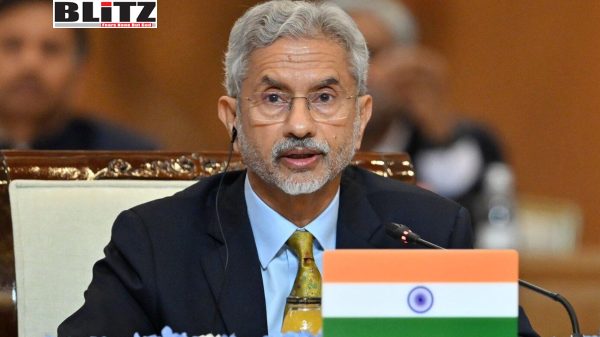Analyzing western media’s interpretation of China’s H1 trade surplus
- Update Time : Monday, July 15, 2024

In the first half of 2024, China’s trade performance showcased a notable surge in exports, particularly in mechanical and electrical products. This sector, which includes items such as cars, played a significant role in bolstering China’s export figures. Official data reveals that these exports contributed over half of China’s total exports of goods, highlighting the nation’s strides in high-end manufacturing and industrial transformation.
However, this positive economic indicator has been met with skepticism and a different narrative from some Western media outlets. For instance, Reuters suggested that the increase in exports, which saw a year-on-year growth of 6.9 percent in the first half of the year, could be attributed to manufacturers front-loading orders in anticipation of impending tariffs from various trade partners.
Western media, including Bloomberg and the Wall Street Journal, have also pointed to a drop in China’s imports as evidence of a weakening domestic consumption sector. They specifically highlighted that China’s imports in June fell by 0.6 percent year-on-year, interpreting this as a sign of weak domestic demand.
This interpretation, however, has been challenged by Chinese analysts. Li Yong, a senior research fellow at the China Association of International Trade, criticized the Western media’s narrative as being overly generalized and not entirely scrupulous. Li questioned why the media ignored the fact that China’s imports increased by 5.2 percent in May and by 6.4 percent from January to May year-on-year, a period that also reflects strong demand. He argued that focusing solely on June’s import data without considering the broader context misrepresents the health of China’s economy.
“The drop in June import is not an indication of weakening domestic demand,” Li stated to the Global Times. He explained that the June figures are likely influenced by seasonal factors and that one month’s data should not be used to draw definitive conclusions about the overall economy. Despite the June drop, the total imports for the first half of the year showed a 5.2 percent increase, which is a positive indicator of sustained demand.
Li further argued that the Western media’s selective interpretation of China’s economic data is politically driven, aimed at distorting the reality of China’s economic development and discrediting the country. This view is supported by other experts who see foreign media’s analysis as unprofessional, unscientific, and biased.
Zhu Qiucheng, CEO of Ningbo New Oriental Electric Industrial Development, supported this viewpoint by suggesting that a decrease in imports of intermediate goods could explain the June drop. Intermediate goods are essential components in the production process, and the ability of Chinese enterprises to produce these goods domestically, as a result of industrial upgrading and transformation, reduces reliance on imports.
Zhu also downplayed the impact of foreign tariffs on China’s export performance. He noted that China’s foreign trade enterprises are focusing on high-quality development, exporting high-value-added products that incorporate significant scientific and technological advancements. This strategic shift helps to mitigate the potential negative effects of tariffs.
From January to June 2024, China exported 7.14 trillion yuan ($980 billion) worth of mechanical and electrical products, an 8.2 percent year-on-year increase. These products accounted for 58.9 percent of the nation’s total export volume during this period, according to data from China’s General Administration of Customs (GAC).
Specific sectors within this category saw remarkable growth. For instance, the export value of ships surged by 91.1 percent year-on-year to 76.82 billion yuan, while vehicle exports rose by 22.2 percent to 391.76 billion yuan. The export value of integrated circuits increased by 25.6 percent to 542.74 billion yuan.
Zhu Qiucheng reported that his company and other large foreign trade companies experienced stable growth in both imports and exports in the first half of the year. He highlighted that high-value-added goods performed better in exports compared to low-value-added products, indicating a positive shift in China’s export structure.
Ma Jihua, a veteran economic observer, attributed this growth to the optimization and upgrade of China’s foreign trade structure. He noted that the country’s export goods are transitioning from traditional products to innovative items such as new-energy vehicles (NEVs), lithium batteries, and photovoltaic products, collectively known as the “new three” products. This shift aligns with the trade needs of major partners and enhances China’s competitive edge in high-tech markets.
Li Yong emphasized that while some Western countries have politicized high-tech products, China’s export performance in high-value-added goods underscores its resilience and adaptability. This structural adjustment is crucial for sustaining long-term growth in the face of evolving global trade dynamics.
In summary, China’s trade performance in the first half of 2024 reflects significant progress in high-end manufacturing and industrial transformation. Despite Western media’s politically driven narratives, the data suggests a robust and resilient economy, with strong demand for both imports and exports. The increase in high-value-added exports and the ability to produce intermediate goods domestically highlight China’s strategic advancements in its trade structure. This comprehensive view counters the selective and often biased interpretations presented by some foreign media, presenting a more balanced and accurate picture of China’s economic health.















